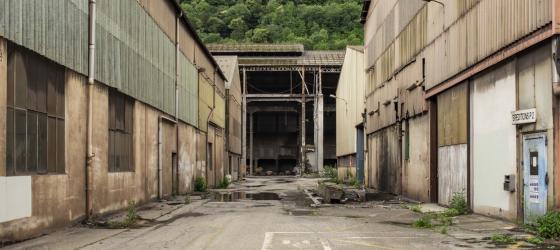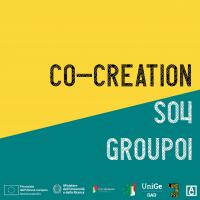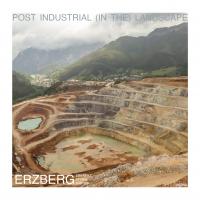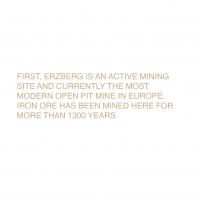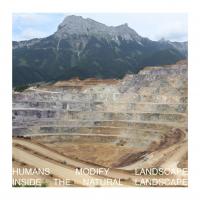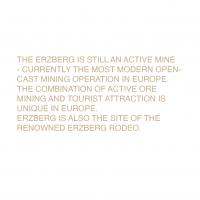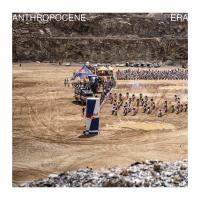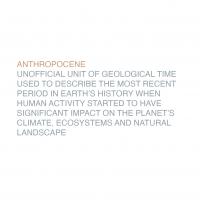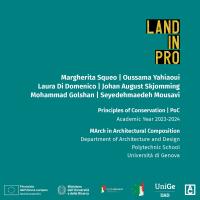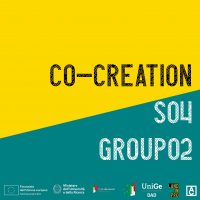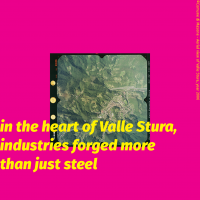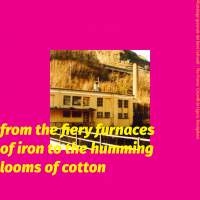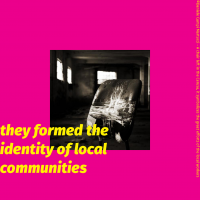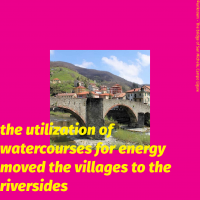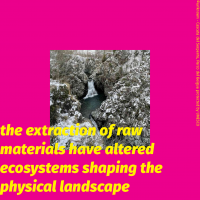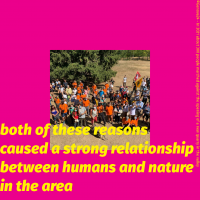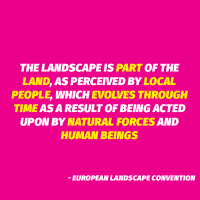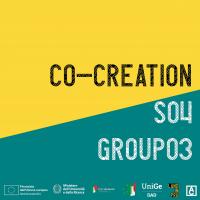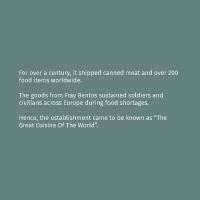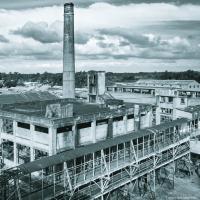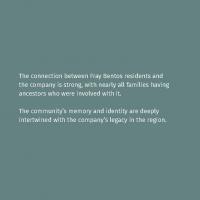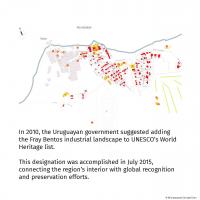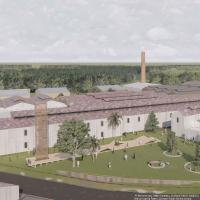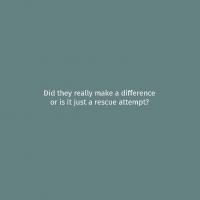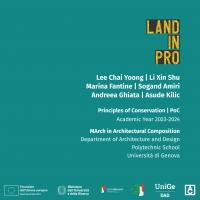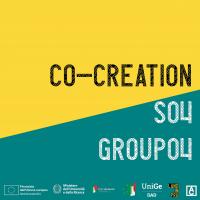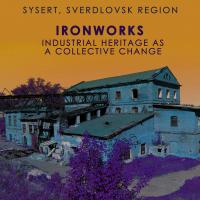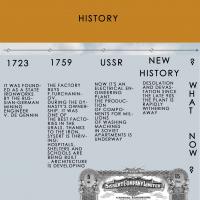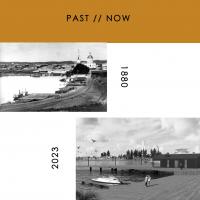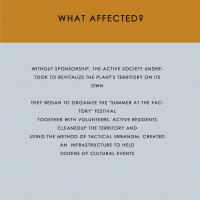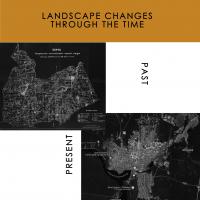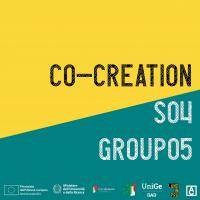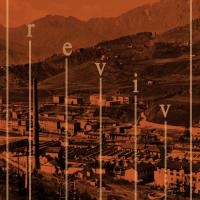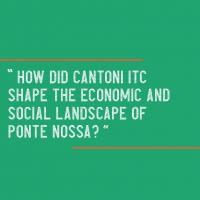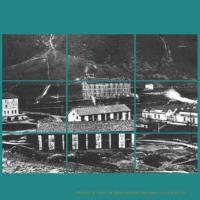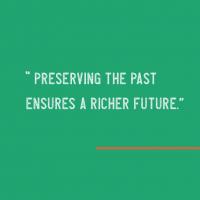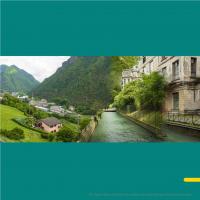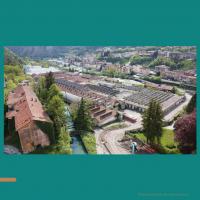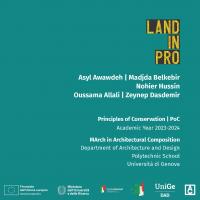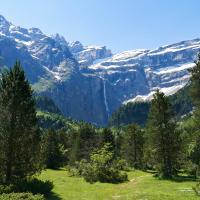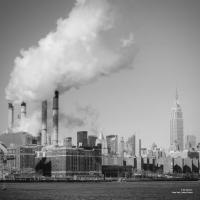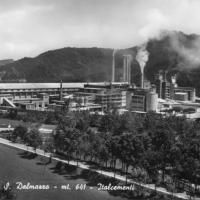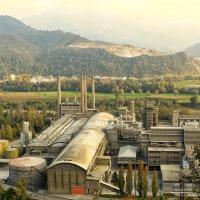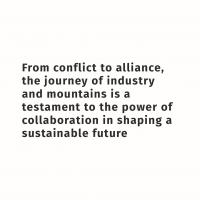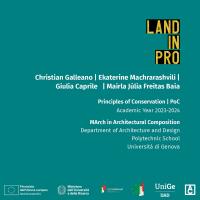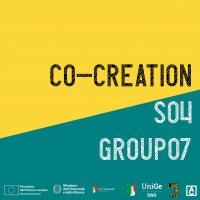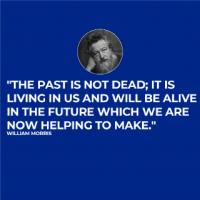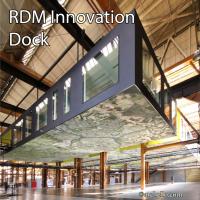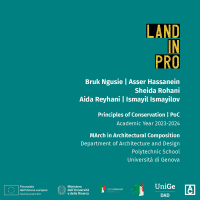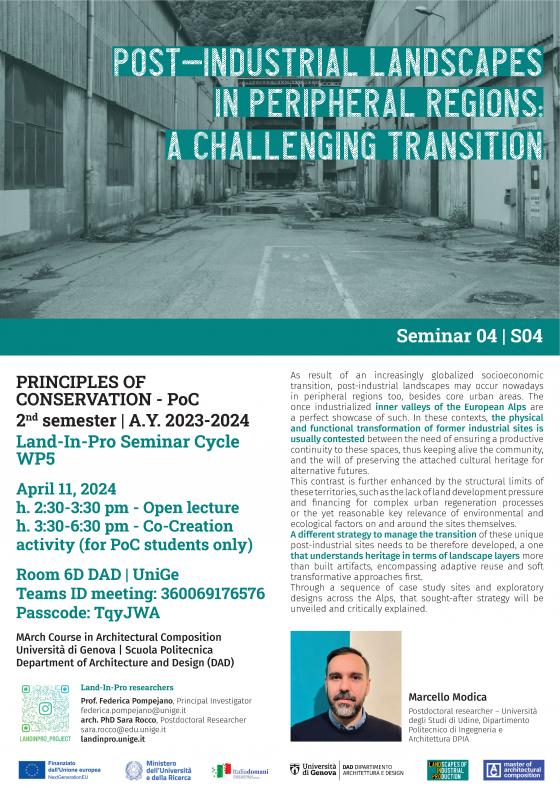
S04 | April 11, 2024
h. 2:30-3:30 pm - Open Lecture [3:30-6:30 pm + Co-creation]
Post-industrial Landscapes in Peripheral Regions: a Challenging Transition
Marcello Modica | Postdoctoral researcher, Dipartimento Politecnico di Ingegneria e Architettura (DPIA), Università di Udine
Link to the open lecture on Microsoft Teams.

Group 1 | G01
Erzberg: post-industrial (in the) landscape
Erzberg, Europe's most modern open-pit mine, has operated for over 1,300 years, producing 12 million tons of rock annually, with 3 million tons refined for Voestalpine AG. The "Zentrum am Berg" has been conducting pioneering research since 2019, coexisting with tourism. Notably, the Erzbergrodeo showcases extreme motorsport challenges. This post-industrial landscape in the Anthropocene era reactivates through sports and tourism, preserving recent history. Erzberg stands as a unique fusion of industry, research, and recreation, symbolizing adaptation and revitalization in the modern age.
Keywords: Erzberg, OpenPitMine, ZentrumAmBerg, PostindustrialLandscape
Students: Laura Di Domenico, Margherita Squeo, Mohammad Golshan, Oussama Yahiaoui, Seyedehmaedeh Mousavi, Johan August Skjomming

Group 2 | G02
The industrial identity of Valle Stura
The identity of the Valle Stura (an important valley region in the Ligurian Apennines) dates back to the industries settled in the village of Masone. Valle Stura's industrial journey has experienced significant changes, from the use of the “Catalan low fire” to process iron to the transformation of Pallavicini Ironworks into a cotton mill in 1867. They were the main economic drivers, creating jobs and attracting workers to form close-knit communities. The presence of industries became an important part of local culture, shaping a unique identity influenced by the rhythms of factory life. The impact of these transformations on the environment changed landscapes which also reflected a complex relationship between humans and nature.
Keywords: Valle Stura, Industrial Heritage, Local Identity
Students: Alberto Tonelli, Andrea Rebora, Emiljano Nokaj, Arina Zhalnina

Group 3 | G03
Fray Bentos: industrial landscape and development
Fray Bentos, an industrial hub for over a century, exported essential foods globally, earning it the title of "The Great Cuisine Of The World". The proposal to make its industrial landscape a world heritage reflects the cultural and economic importance of the Uruguayan region. Initiatives like the Microscapes competition aim to revitalize the area sustainably, although they are only initial short-term implementations. The challenge lies in the realization of long-term goals outlined in the Fray Bentos Strategic Plan. Questions arise about the authenticity of these efforts: Did they make a difference or is it just a rescue attempt?
Keywords: Fray Bentos, Heritage, Industrial Landscape, Initial Development Initiatives
Students: Lee Chai Yoong, Li Xinshu, Magdalena Andrea Ghiata, Marina Galvao Jaqueira Fantine, Sogand Amiri, Ruveyeda Asude Kilic

Group 4 | G04
Ironworks in Sysert, Russia. Industrial heritage as a collective change
With the reforms of Peter the Great, The Urals became one of the largest industrial regions. Ironworks was the heart of Sysert till the 90’s, then became abandoned. Architectural concepts found no sponsorship and an active community of residents revitalized the plant’s territory through the “Summer at the Factory” festival. The pond of the Sysertsky plant was formed as a result of the construction of a dam at the confluence of two rivers - the Chernaya and Sysert. The embankment improvement project in Sysert won the competition among historical settlements in 2018 - there will be ultra-modern space overlooking the pond and tourist services.
Students: Maximilian Blender, Leonard Gmeiner, Nicolas Vincent, Toropova Aleksandra, Kseniia Alferova
Keywords: Collective change, Industrial Heritage, Ironworks in Russia

Group 5 | G05
The Cantoni ITC in Ponte Nossa
The Cantoni ITC in Ponte Nossa, Italy, epitomizes the resilience of industrial heritage in peripheral regions. Once a thriving complex, its decline mirrored broader economic shifts, yet community unity preserved its story. Initiatives to restore and repurpose the site breathe new life into its historic buildings, fostering creativity and tourism. Local engagement has been key, with residents and stakeholders actively participating in preservation efforts. Cantoni ITC's narrative serves as a beacon of hope, illustrating the transformative power of heritage preservation and adaptive reuse. Its story inspires communities worldwide, showcasing the potential for renewal amidst post-industrial challenges.
Students: Hussin Noheir Mohamed Rehan, Belkbir Madjda, Allali Oussama, Dasdemir Zeynep, Asyl Awawdeh
Keywords: Resilience, Community Engagement, Adaptive Reuse

Group 6 | G06
Landscape as a resource
Landscape serves as both a reservoir of resources and a canvas of beauty. It embodies the essence of our environment, providing not only raw materials for industry but also habitats for diverse ecosystems. Through alliances between industry and conservationists, we can harness the benefits of landscape resources while safeguarding their ecological balance. This symbiotic relationship ensures sustainable development, where economic prosperity coexists with environmental preservation. By recognizing the intrinsic value of landscapes and fostering collaboration, we pave the way for a future where human activities harmonize with the natural world, ensuring its vitality and beauty for generations to come.
Students: Giulia Caprile, Christian Galleano, Julia Mairla Freitas Baia, Ekaterine Macharashvili
Keywords: Industrial Landscape, Collaboration, Resources

Group 7 | G07
Recycling as industrialisation
The Innovation Dock in Rotterdam and the Borgo San Dalmazzo cement factory in Italy represent a rich industrial heritage. The former Rotterdam Dry Dock company’s ship-building warehouse has been transformed into the Innovation Dock, a vibrant hub for education, innovation, and creative industries. This successful reuse of industrial heritage has fostered a thriving ecosystem of market spaces, studios, and enterprises. In contrast, the Borgo San Dalmazzo cement factory, partially dismissed, was once a hub for cement production and building material industries and remains underutilized despite its potential. This comparison underscores the importance of adaptive reuse in preserving industrial heritage and fostering innovation.
Students: Hassanein Asser Ibrahim Khalil Ibrahim, Zewdie Bruk Ngusie, Reyhani Aida, Rohani Sheida Ismayilov Ismayl
Keywords: Recycle, Reuse, Industrial Heritage

This project has received funding from the National Recovery and Resilience Plan (NRRP) - Mission 4 “Education and Research” - Component 2 “From Research to Business” - Investment 1.2 “Funding projects presented by young researchers” and the European Union's Next Generation EU Recovery Plan - Project no. 100027-2022-FP-PNRR-YR_MSCA_0000005"

Disclaimer
The responsibility for the content published on the Land-In-Pro Seminar Cycle + Co-creation activities lies with the authors and reflects only their views. The Italian Ministry of University and Research and the European Commission are not responsible for any use that may be made of the information contained therein.
